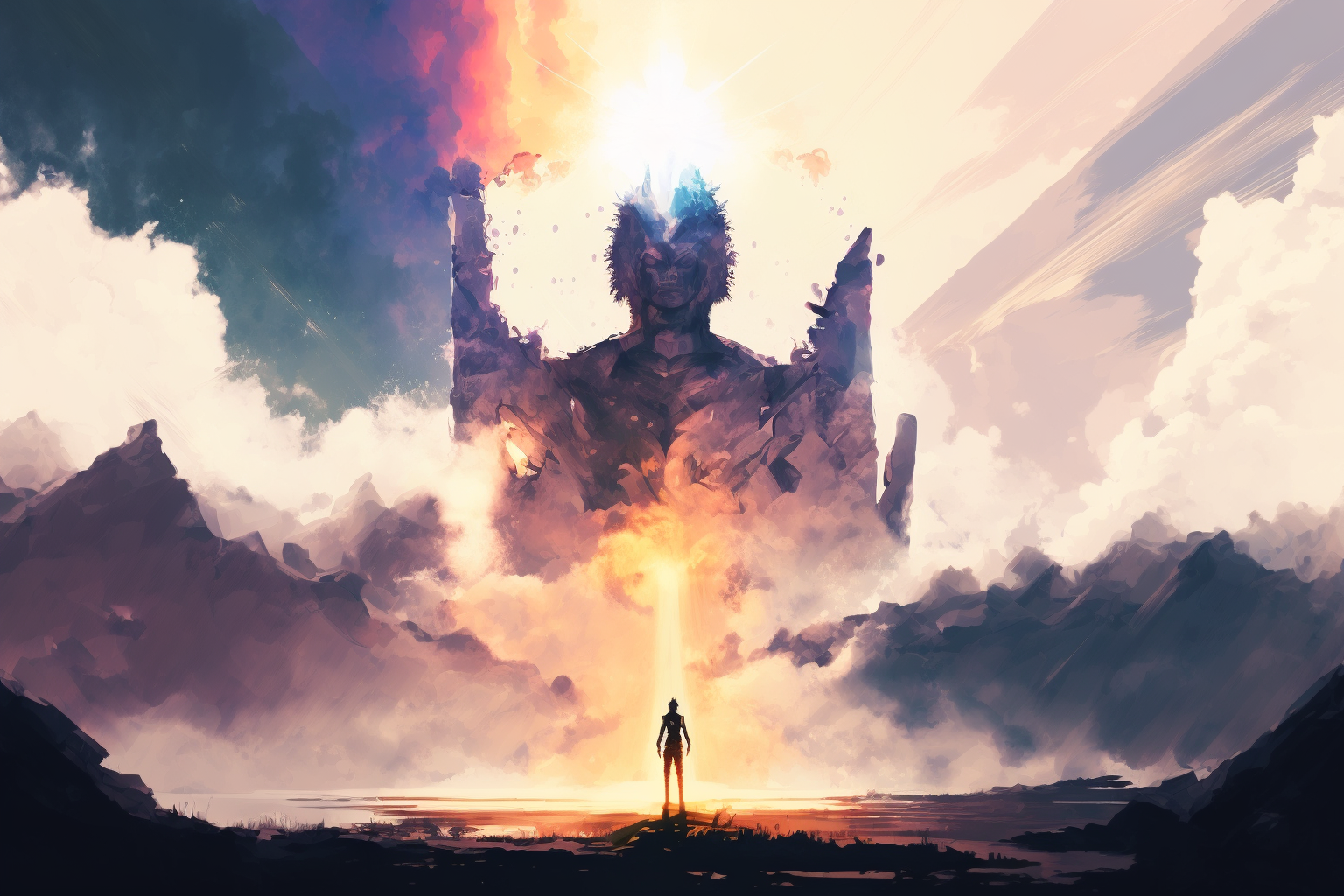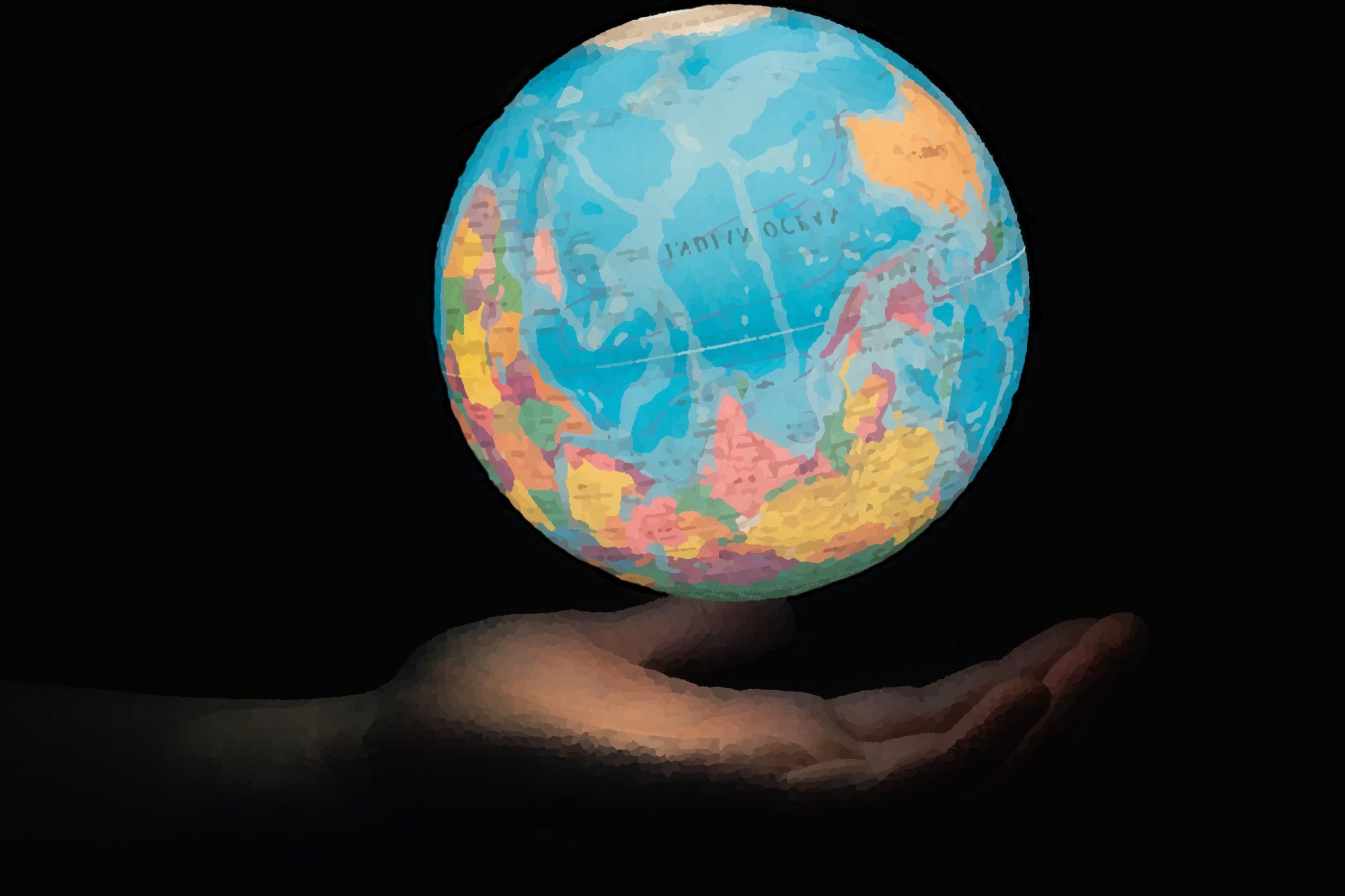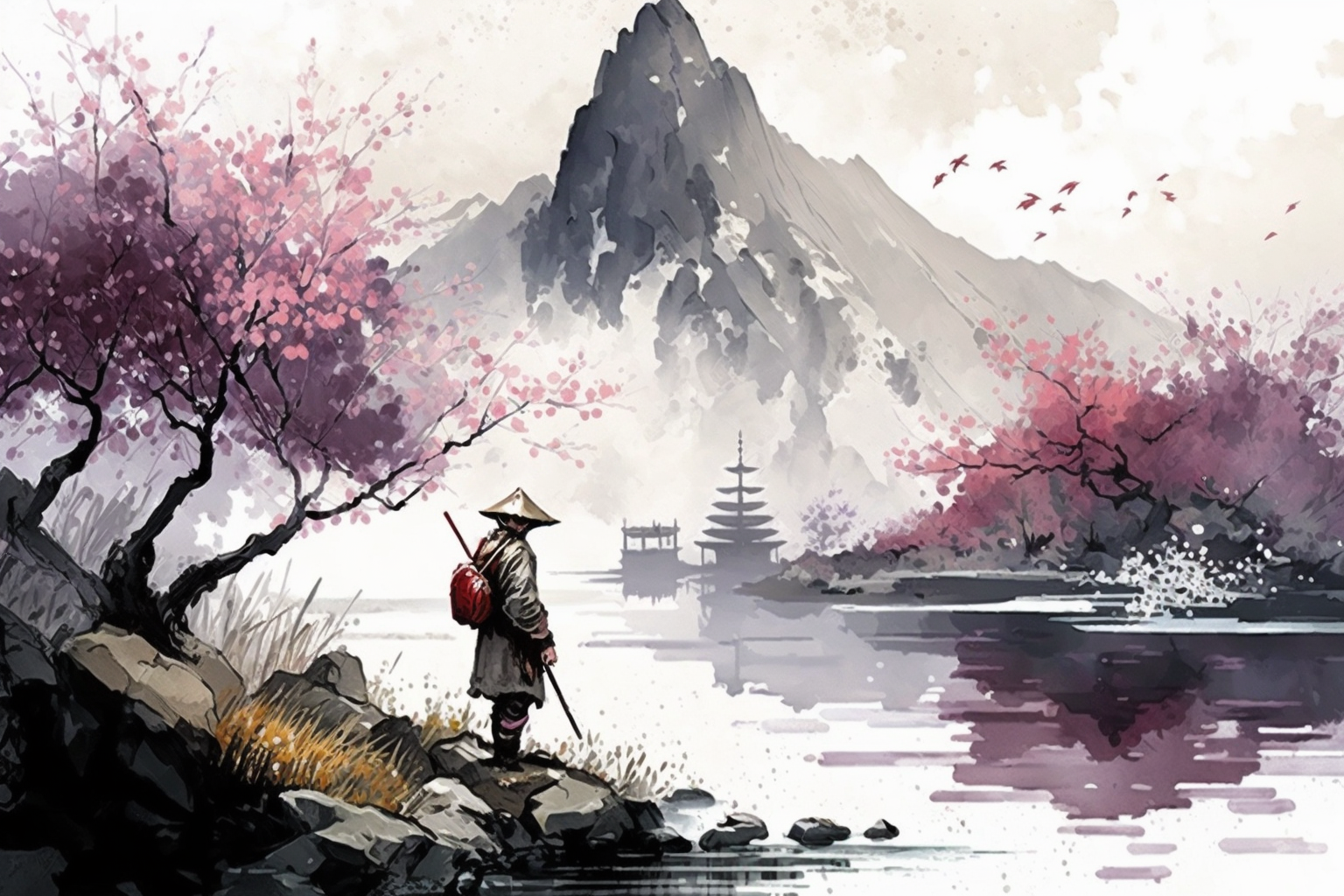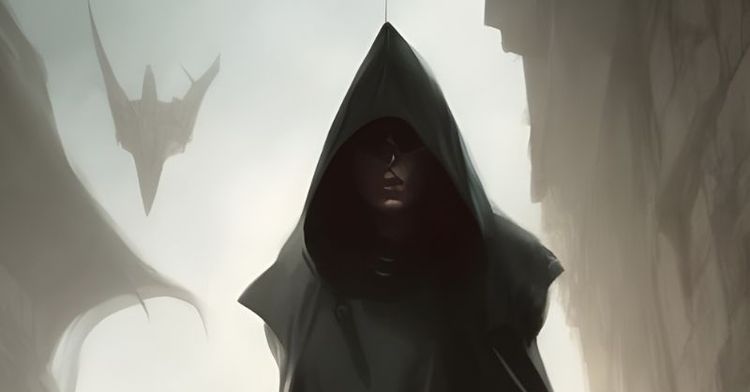How To Become a Fantasy Writer: Worldbuilding - Culture

If you're writing a fantasy novel or short story, it's important to make sure that your world feels real. One of the best ways to do this is by creating a culture that is believable.
Define Your Culture
Now that you have a handle on your world, it's time to define what kind of culture and people live in this world.
Define the values and beliefs of your culture.
What is important to them?
How do they go about doing things?
What do they like or dislike?
Why are these things important to them?
Also define the social roles within your culture: the gender roles, dress codes, jobs/professions, etc.. These all add flavor and depth to who makes up your population (and how they act). It also helps readers better understand where characters fit into this new world by giving them an idea of what role they play in society at large.

Mythology and Religion
When you're creating a fantasy world, you may be tempted to take inspiration from an existing culture. This is not a bad idea—after all, mythology and religion are the basis for many of our modern-day cultures. However, it can also be very limiting if you simply copy-and-paste pre-established characteristics (especially gender roles) without questioning them.
To avoid this pitfall, think about what makes up your region's history and values. Consider their social structure: do people have different sets of roles or gender roles? How do they dress? If your setting has any elements that seem uncomfortable or prejudiced in today's context (racist stereotypes anyone?), reflect on how those might have come about by examining its past events and decisions.
Then start asking questions like "Why would someone think this way?" instead of just assuming that everyone shares common views with us today; doing so will help paint a picture of how things might have been different back then—and how we might be able to change them going forward!

Geography
The geography of a region is one of the key factors in defining a culture. In the real world, we can see how different geographic locations shape and influence different cultures. For example, people living in hot, steamy jungles tend to have this really relaxed attitude towards life (think Hawaii), while those who live in cold climates tend to be more serious and pragmatic (think Norway).
It can be used as one aspect that defines a culture; for example:
"This town has such great food because it's located near several major rivers."

History
In order to build a believable fantasy culture, you must first understand the culture's history.
The past is something that has already happened, and so understanding it is crucial for understanding what will happen in the future (and vice versa).
History can help us predict how things might play out because we have experience with similar situations before. It also allows us to understand why things happen as they do--why people act like they do and why societies function as they do.

Values
Creating a believable fantasy culture is to ask yourself,
"What are the values of this culture?"
Values are what people believe in and what they think is right or wrong. They're also how people measure things that are important to them. In order to build a believable fantasy world, you need to know what each group of characters thinks is good or bad, right or wrong. You need to understand how they determine what's worth fighting for, who's worthy of respect and admiration—how they decide whether something matters enough for them to do it at all.

Social and Gender Roles
So, how do you define gender roles? Well, if you’re like me and have spent a little time learning about anthropology and sociology, then your definition of gender is probably something along the lines of “the way people in a society express their femininity or masculinity.” This means that people who are assigned male at birth are generally expected to act more masculine while people who are assigned female at birth are generally expected to act more feminine. However, this isn’t always true across all cultures and societies.
Nowadays, t’s quite common for men to wear earrings or makeup (or both!). Women often play sports that have traditionally been played by men such as football, basketball or rugby. And some cultures even have rituals where young boys get dressed up as girls for special occasions!
So when we talk about how different groups of people behave differently from one another in fictional worlds—and especially when we start writing characters who come from those groups—it pays off big time if we can diversify these behaviors beyond what is familiar from our own modern culture.
Clothing
Clothing is a way of expressing identity. A common way for clothing to express this is through symbolism, where the aesthetics of the clothing have meaning and significance. For example, many different cultures use certain colors to show allegiance to a religion or political party. A good example of this is the KKK’s use of white hoods and robes in order to show their affiliation with their ideology.
Another way that clothing can convey identity is through status, wealth and power; some people wear expensive designer clothes while others wear rags on their backs. This can be seen when we look at how people dress in modern American society: businessmen tend not to wear jeans or t-shirts unless they are going somewhere casual like barbecues.
Once you have established what type of culture you are creating, it's time for your characters' fashion choices!

Art & Literature
Art and literature play a crucial role in the development and portrayal of fantasy cultures. In these fictional worlds, art and literature serve not only as a means of entertainment but also as a way to communicate the values, beliefs, and customs of the culture.
From intricate tapestries to elaborate paintings, visual art often serves as a form of storytelling in fantasy cultures. It may depict significant events in the culture's history or showcase the creatures, landscapes, and magical elements unique to the world. Similarly, literature, such as epic poems and songs, can provide insight into the culture's mythology and religion, as well as the beliefs and moral codes that govern society.
Fantasy art and literature also allow for the exploration of themes and ideas that may not be possible or socially acceptable in real-world art and literature. For instance, fantasy writers and artists may incorporate themes of magic, otherworldly creatures, and fantastical landscapes to express complex ideas such as identity, morality, and social justice.
Furthermore, art and literature in fantasy cultures may challenge traditional norms and beliefs by introducing alternative perspectives and questioning established power structures. Overall, art and literature in fantasy cultures provide a unique lens through which we can explore the complexities of human existence in a way that is imaginative, thought-provoking, and often awe-inspiring.
More Definition = More Exposition
But remember, the more you define, the more things you have to explain. The more things you explain, the more definitions you must create. It's a self-perpetuating cycle that can get out of hand very quickly if left unchecked.
Create a glossary of terms and use them consistently throughout your worldbuilding; otherwise it will seem like there are some words which do not apply to this universe as much as others—which may even confuse readers into thinking that some cultures have their own language entirely separate from all others!
Most cultures are not monolithic and uniform
Your culture is not a monolith. It's dynamic and always changing, influenced by its environment, history and economy. So don't try to make it into one! If you think about how your people live on a daily basis, you can use this as an entry point to creating a believable culture for them.
Real World Cultures
The key to defining a believable fantasy culture is to understand how our cultures came about. Culture is the product of history, geography, religion, social roles and gender roles; technology and economics play an important role as well.
When you're building your fantasy world and its people (or creatures), think about how those things might have shaped their culture. Where did they live? What did they eat? How were they clothed? Who did they worship? What were their laws like? These questions will help you get started on developing the backbone for your fictional society's culture—a key part of creating an immersive experience for your readers!

The key to defining a believable fantasy culture is to understand how our cultures came about. In the end, you’ll have a lot of work ahead of you as you build this world and its people. But I promise is a rewarding process.
If you like what I do here, hit the Subscribe button and help a fellow writer out.





